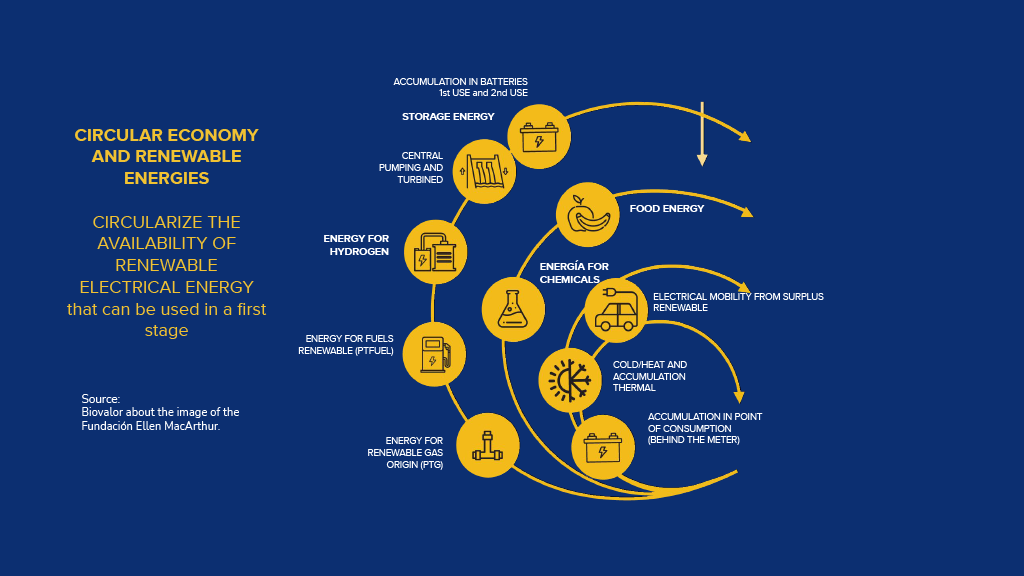Welcome to the Ammonia Wrap: a summary of all the latest announcements, news items and publications about ammonia energy. This week: new funding and investment for ammonia energy (Starfire Energy, GenCell, Syzygy Plasmonics and Hazer Group), marine engines from the "Ammoniamot" consortium, Uruguay's national hydrogen strategy takes another step, Onahama Port to investigate hydrogen & ammonia imports and Sumitomo to develop Gladstone's hydrogen "ecosystem".
Content Related to Iwatani
Article
Japan's Road Map for Fuel Ammonia
Trevor Brown February 25, 2021
This month, the Japanese Ministry for Economy, Trade, and Industry (METI) began promoting an updated Road Map for Fuel Ammonia, focused on the use of ammonia in thermal power plants and as a shipping fuel. By 2030, Japan expects to import 3 million tons of clean ammonia, with demand rising to 30 million tons by 2050. To secure these volumes, Japanese companies are now making investments up and down the supply chain. These are ambitious numbers, matching Japan’s recent commitment to reach net-zero emissions, but still they miss the big picture. The broader economic opportunity arrives when Japanese companies export their fuel ammonia technologies, decarbonizing coal-fired power plants across Asia, and then supply the fuel to these newly sustainable shipping and electricity sectors. By 2050, the METI Road Map expects Japanese trading companies to supply the wider region with 100 million tons per year of clean ammonia.
Article
Stanford Convenes Hydrogen Focus Group
Stephen H. Crolius March 29, 2019
ANNOUNCEMENT: California's Stanford University held a two-day workshop this week to launch a new effort aimed at advancing hydrogen “for stable, long-term, low-carbon energy storage.” The Stanford Hydrogen Focus Group intends to support research, serve as a technical resource, and disseminate information via workshops and symposia.
Article
Renewable Hydrogen in Fukushima and a Bridge to the Future
Stephen H. Crolius October 19, 2017
On August 1, 2017 the Japan Government’s New Energy and Industrial Technology Development Organization (NEDO) announced that it will proceed with funding for the construction of a hydrogen production plant in Namie Township, about ten kilometers from the site of the Fukushima nuclear disaster. The project’s budget is not mentioned, but the installation is projected to be “the largest scale in the world” -- in other words, a real bridge to the future and not a demonstration project. The project no doubt has a variety of motivations, not least the symbolic value of a renewable hydrogen plant rising in the shadow of the Fukushima Daiichi nuclear station. In economic terms, though, it appears to be a dead end. This is unfortunate because a similarly conceived project based on ammonia could be a true bridge-building step that aligns with leading-edge developments elsewhere in the world.
Article
Kawasaki Moving Ahead with LH2 Tanker Project
Stephen H. Crolius September 14, 2017
Kawasaki Heavy Industries (KWI) is moving ahead with plans for a “liquefied hydrogen carrier ship,” as reported by at least two Japanese news outlets since July. This means that the groups backing each of the energy carriers included within Japan’s Cross-Ministerial Strategic Innovation Promotion Program (SIP) have all made significant moves ahead of the program’s termination at the end of 2018. On July 25, 2017 the Japan Science and Technology Agency (JST) announced that a collection of companies and research institutions had come together to form the Green Ammonia Consortium. On July 27, 2017, Chiyoda Corporation announced that work was starting on a demonstration project that will transport hydrogen from Brunei to Japan using liquid organic hydride carrier technology.
Article
On the Ground in Japan: LH2 and MCH Hydrogen Fueling Stations
Stephen H. Crolius April 13, 2017
While Japan’s Cross-Ministerial Strategic Innovation Promotion Program (SIP) continues to evaluate liquid hydrogen (LH2), methylcyclohexane (MCH), and ammonia as hydrogen energy carriers, Japanese press reports show that the backers of liquid hydrogen and MCH are building an early lead over ammonia with hydrogen fueling stations based on their favored commodities.





